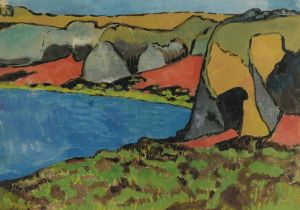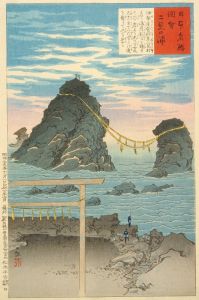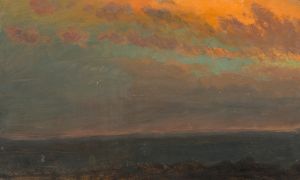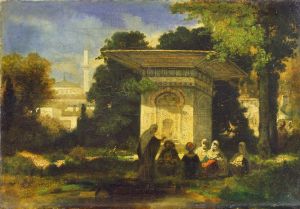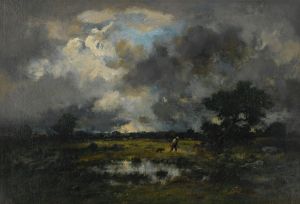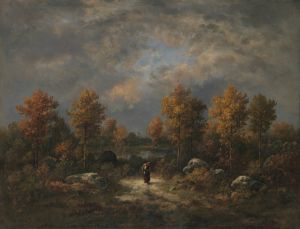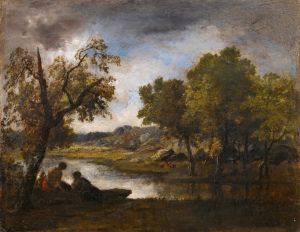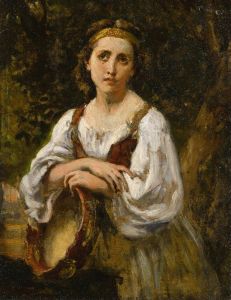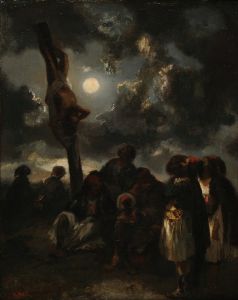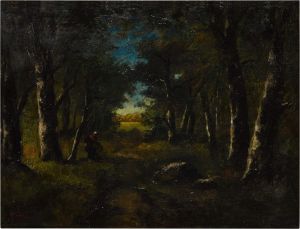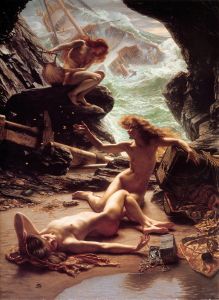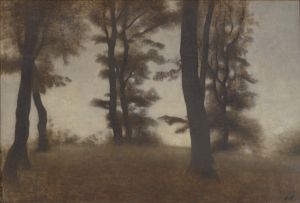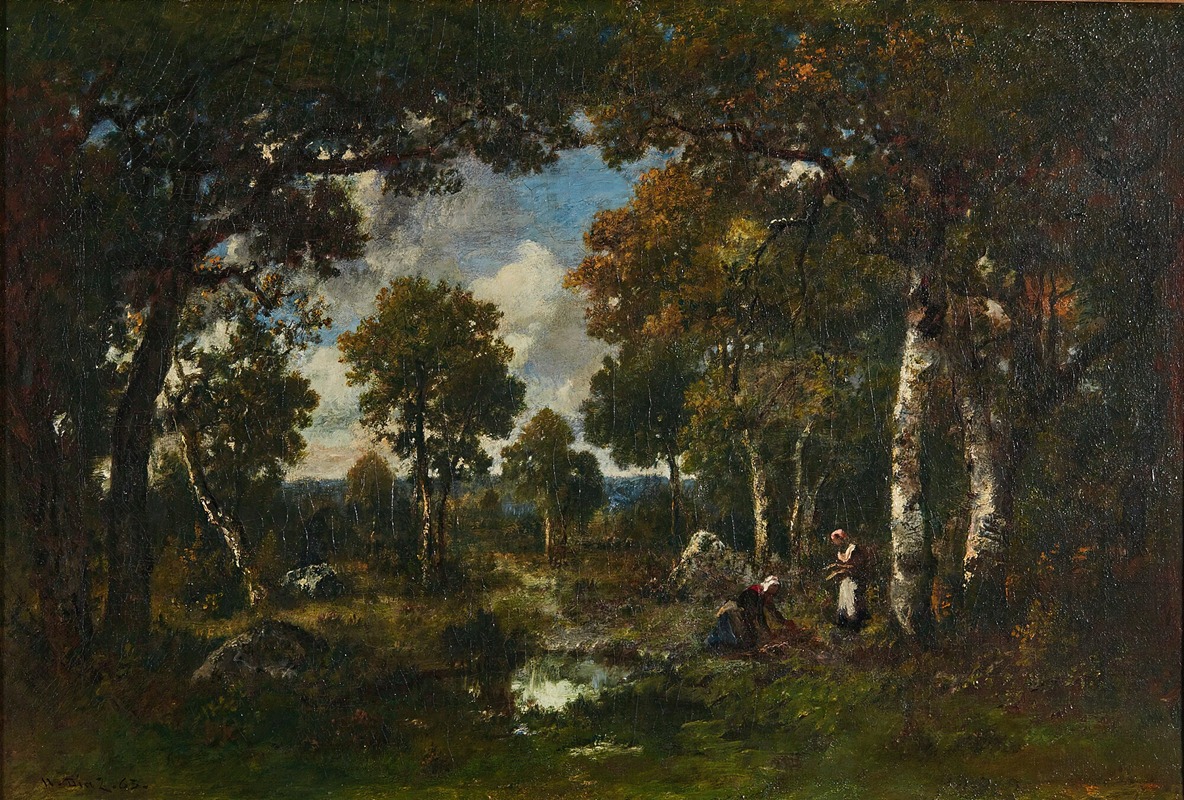
Zone Peu Boisée, Rochers Et Fagotiére
A hand-painted replica of Narcisse-Virgile Diaz de La Peña’s masterpiece Zone Peu Boisée, Rochers Et Fagotiére, meticulously crafted by professional artists to capture the true essence of the original. Each piece is created with museum-quality canvas and rare mineral pigments, carefully painted by experienced artists with delicate brushstrokes and rich, layered colors to perfectly recreate the texture of the original artwork. Unlike machine-printed reproductions, this hand-painted version brings the painting to life, infused with the artist’s emotions and skill in every stroke. Whether for personal collection or home decoration, it instantly elevates the artistic atmosphere of any space.
Narcisse-Virgile Diaz de la Peña was a prominent 19th-century French painter, known for his association with the Barbizon School, a movement that emphasized naturalism and the depiction of landscapes. One of his works, "Zone Peu Boisée, Rochers Et Fagotiére," exemplifies his mastery in capturing the essence of nature and his ability to convey the mood and atmosphere of the French countryside.
Diaz de la Peña was born in Bordeaux, France, in 1807. He began his artistic career as a porcelain painter, but soon transitioned to oil painting, where he found his true calling. He became associated with the Barbizon School, a group of painters who settled in the village of Barbizon near the Forest of Fontainebleau. This group, which included artists like Jean-François Millet and Théodore Rousseau, sought to break away from the formalism of academic art and instead focused on painting en plein air, or outdoors, to capture the natural light and landscape.
"Zone Peu Boisée, Rochers Et Fagotiére" is a testament to Diaz de la Peña's skill in landscape painting. The title, which translates to "Sparsely Wooded Area, Rocks and Brushwood," suggests a scene that is both rugged and serene. Diaz de la Peña was known for his ability to depict the interplay of light and shadow, and this work likely showcases his talent in rendering the textures of rocks, foliage, and the subtle variations in the landscape.
The painting reflects the Barbizon School's emphasis on realism and the beauty of the natural world. Diaz de la Peña often used rich, vibrant colors and bold brushstrokes to bring his landscapes to life. His works are characterized by a sense of immediacy and intimacy, inviting viewers to step into the scene and experience the tranquility of nature.
Diaz de la Peña's contribution to the Barbizon School and his influence on landscape painting were significant. His works were well-received during his lifetime, and he exhibited regularly at the Paris Salon. Despite facing personal challenges, including the loss of a leg at a young age, he continued to paint prolifically and left behind a substantial body of work.
"Zone Peu Boisée, Rochers Et Fagotiére" is an example of Diaz de la Peña's dedication to capturing the essence of the natural world. His ability to convey the mood and atmosphere of a landscape has earned him a lasting place in the history of art. Today, his works are held in numerous public and private collections, and he is remembered as one of the key figures of the Barbizon School, whose influence extended beyond France and helped pave the way for the Impressionist movement.
In summary, Narcisse-Virgile Diaz de la Peña's "Zone Peu Boisée, Rochers Et Fagotiére" is a reflection of his skill as a landscape painter and his commitment to the ideals of the Barbizon School. Through his use of color, light, and composition, Diaz de la Peña captured the beauty and tranquility of the natural world, leaving a legacy that continues to be appreciated by art lovers and historians alike.





